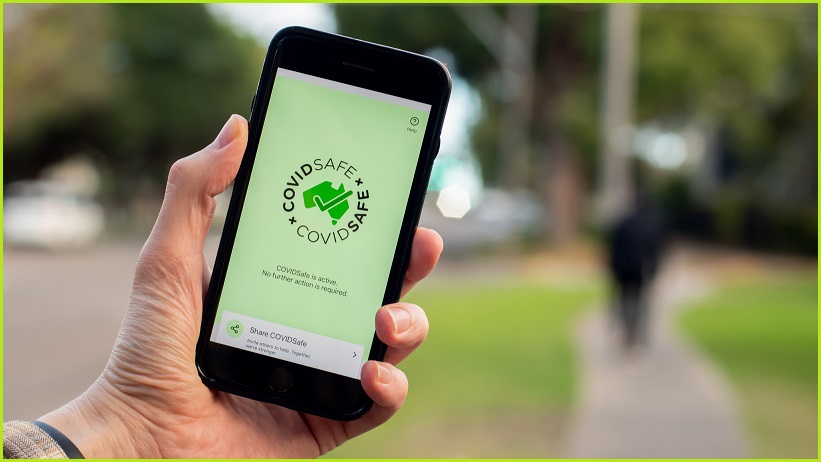At a cost of nearly $10 million, the COVIDSafe app didn’t prevent any public COVID exposures and actually generated substantial workload for public health staff, a new study has found.
Despite the millions of taxpayer dollars the government spent on the app, which was meant to offer protection like ‘sunscreen for coronavirus’ and a way out of lockdowns, it appears to have provided very little.
It’s the first empirical study to question the potential benefits of a digital contact tracing app as part of the public health response to COVID-19.
“COVIDSafe was not sufficiently effective to make a meaningful contribution to the COVID-19 response in Australia’s most populous state over a six-month period,” the researchers said in a paper recently published in The Lancet.
Added workload with little benefit in contract tracing
The COVIDSafe was used by 137 (22 per cent) of cases and detected 205 contacts, 79 (39 per cent) of whom met the close contact definition.
The additional contact identification was minimal and didn’t prevent any public COVID exposures, according to the research, which was funded by New South Wales Health and the National Health and Medical Research Council.
However, it generated a substantial additional perceived workload for public health staff and “was not considered useful” noted the researchers from the University of New South Wales, the Australian National University, the University of Queensland and the Western Sydney Local Health District.
The poor results from the app can be blamed on the low uptake among the population at risk of infection, its poor positive predictive value and sensitivity, and difficulties for public health staff in accessing app-derived data.
“The costs, coupled with the substantial additional workload required for public health staff to identify a very small number of additional close contacts, call for a formal cost–benefit assessment of the COVIDSafe app and of digital tools in the public health response to COVID-19 more generally,” researchers said.
Decentralised apps more effective for notifying contacts
Although the app still exists, it doesn’t appear to be in widespread use among the general public.
And unlike apps in countries like the UK, COVIDSafe is a centralised app where potential contacts have to be vetted by public health staff rather than having the app alert people directly.
Decentralised systems don’t require the human involvement to inform contacts using the app about their exposure to a case who was also using the app.
Once the infection status of a user is changed from negative to positive, this happens automatically within the app in decentralised systems.
It reduces the workload of contact tracers and also means that scalability is easier than with a centralised system.
The researchers also noted that a real-world pilot should have been undertaken to detect and amend technological flaws early on.
This would have allowed for input during the developmental stage from end-users, in this case public health practitioners tasked with contact tracing and smartphone users in the general public.
To improve app design, comprehensive effectiveness evaluations need to be integrated into future implementations of proximity contact tracing systems to justify their investment.
“It should have had a real-world pilot, input from users during the development phase and a comprehensive evaluation after the roll-out,” they concluded.










